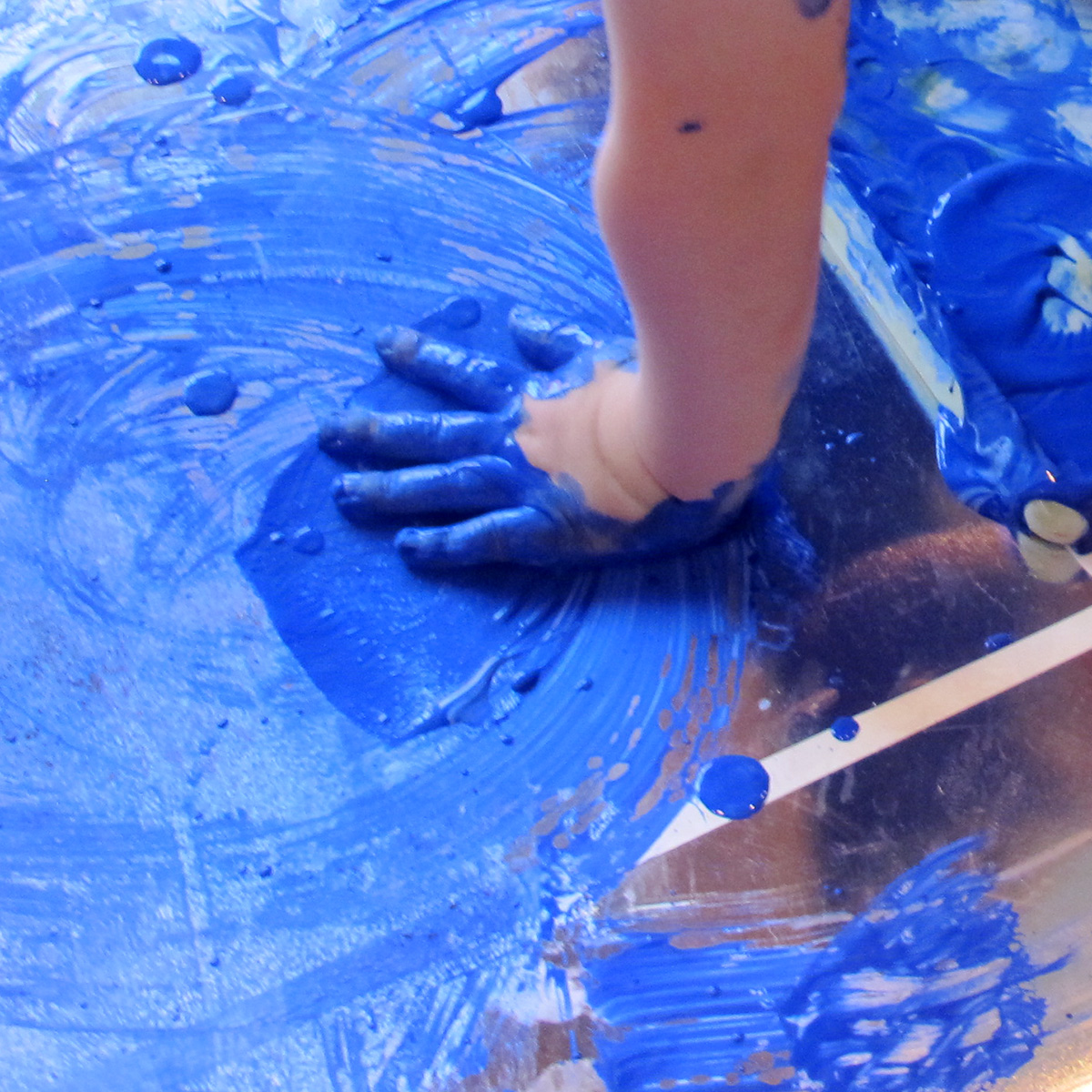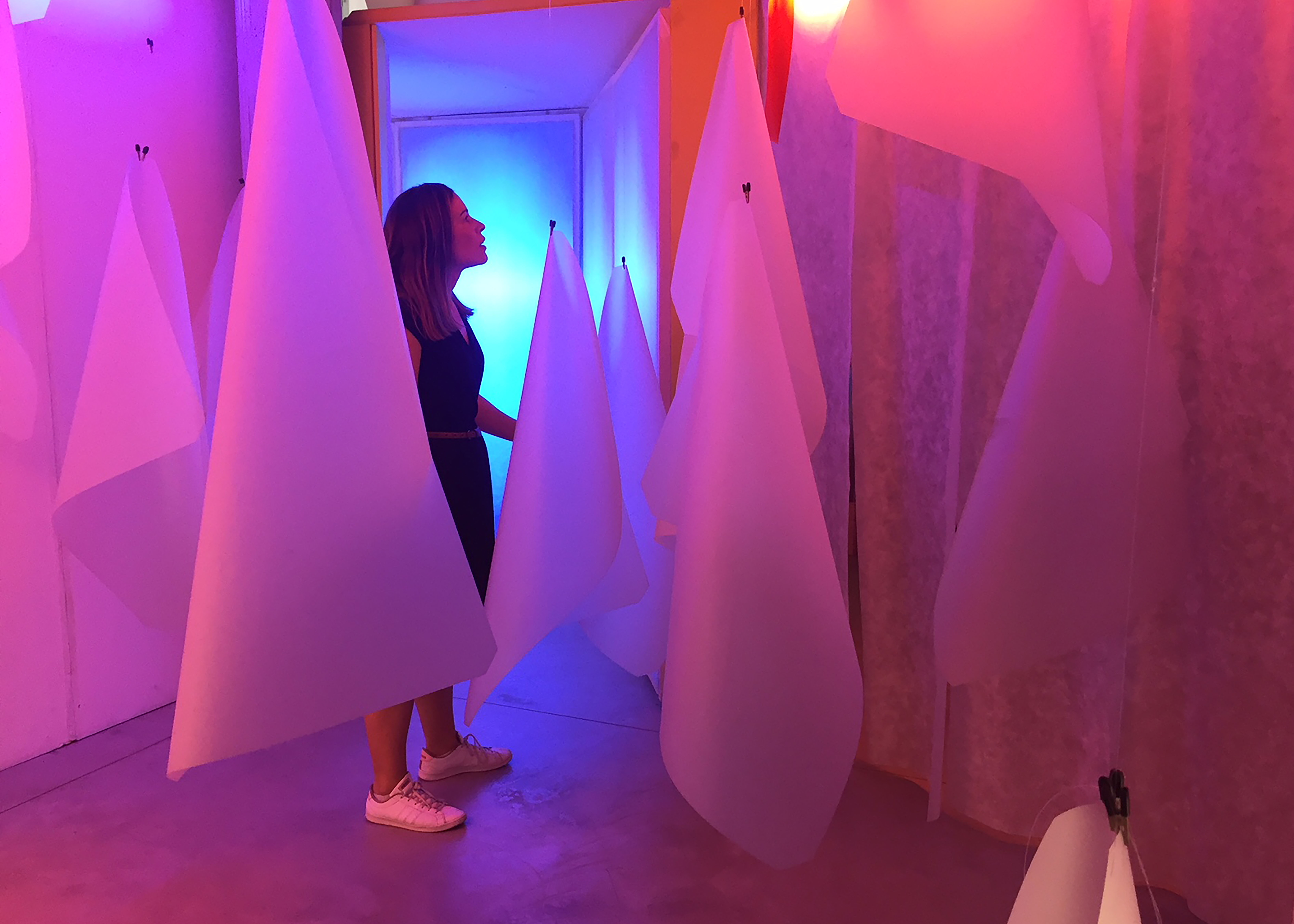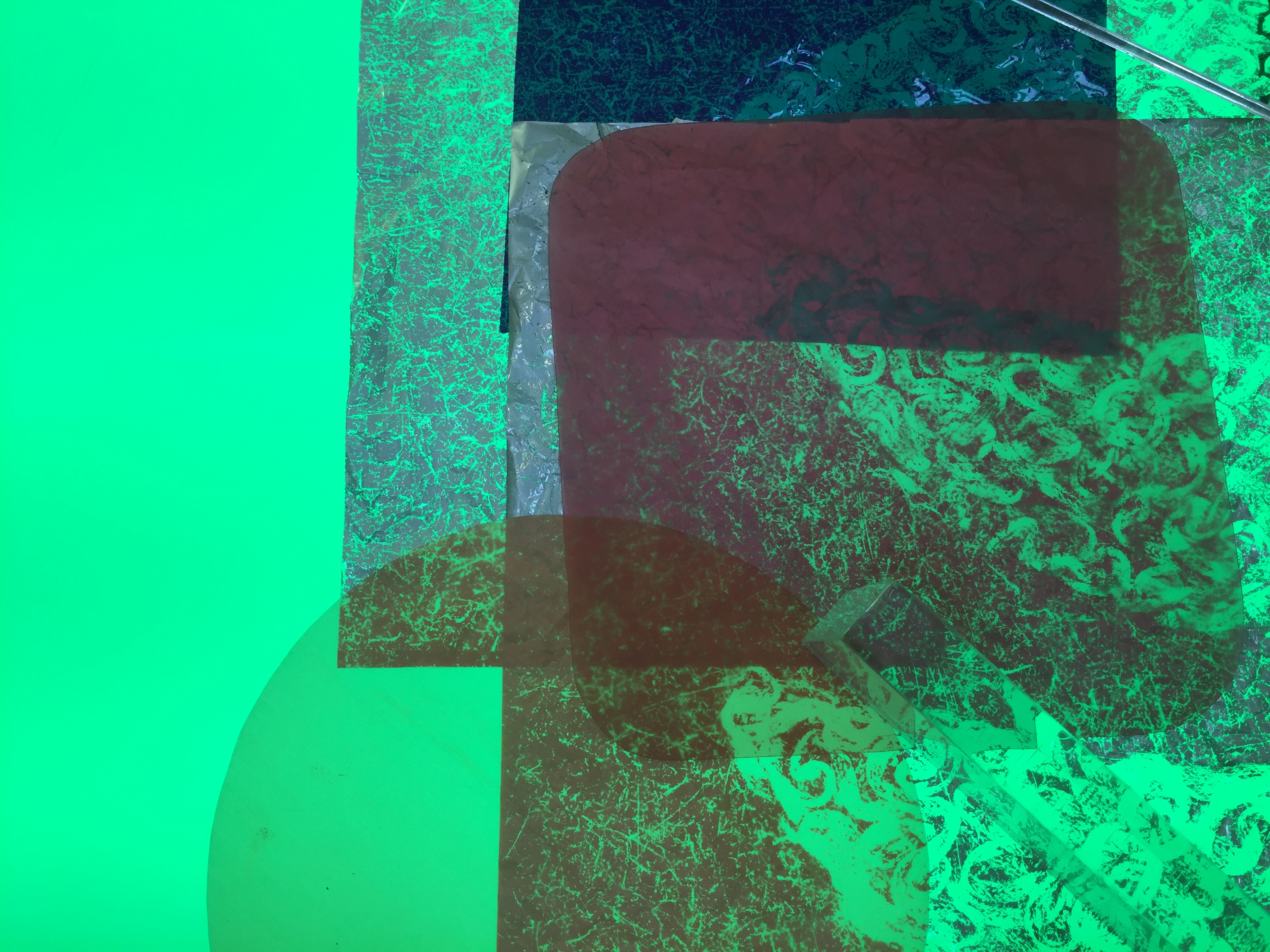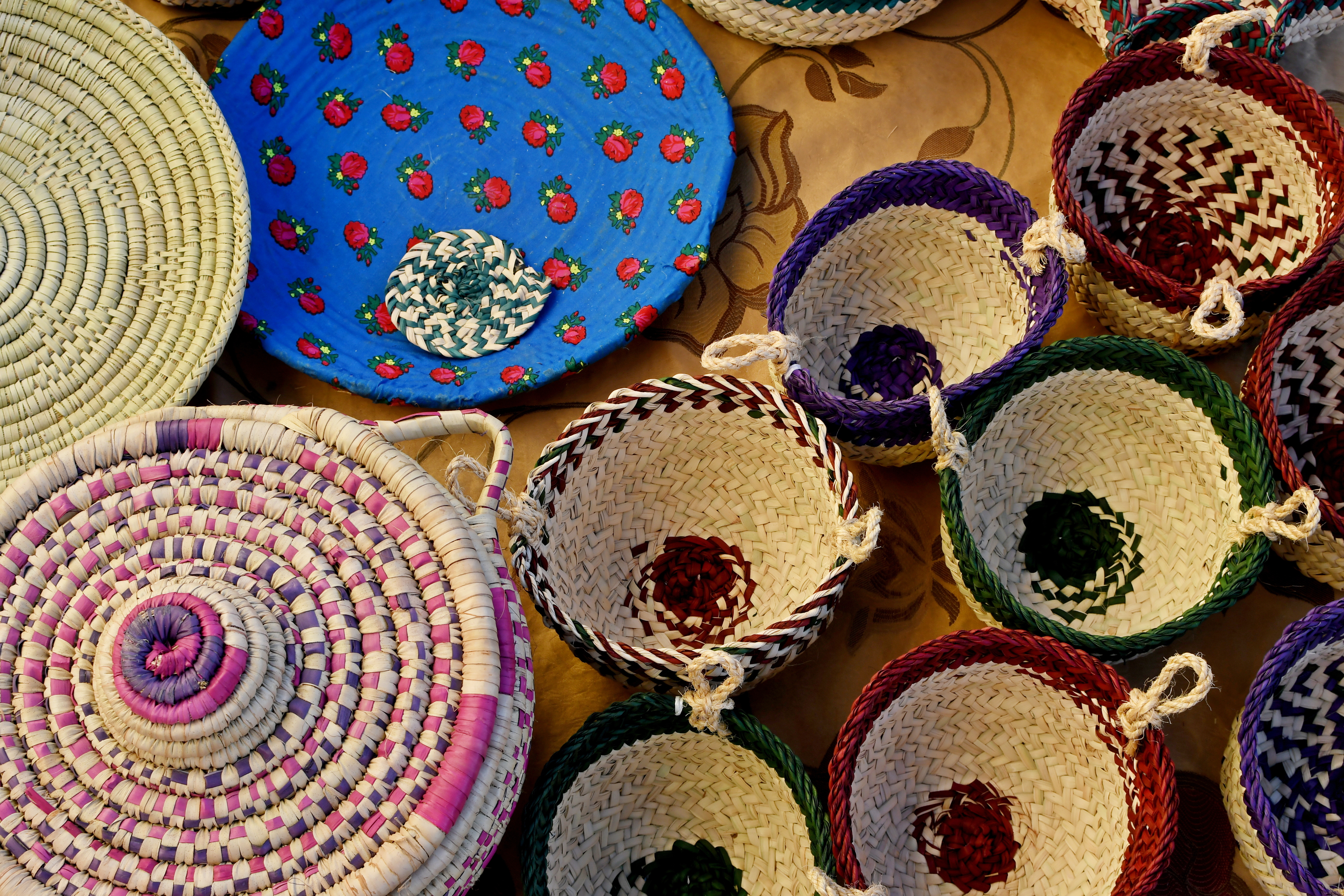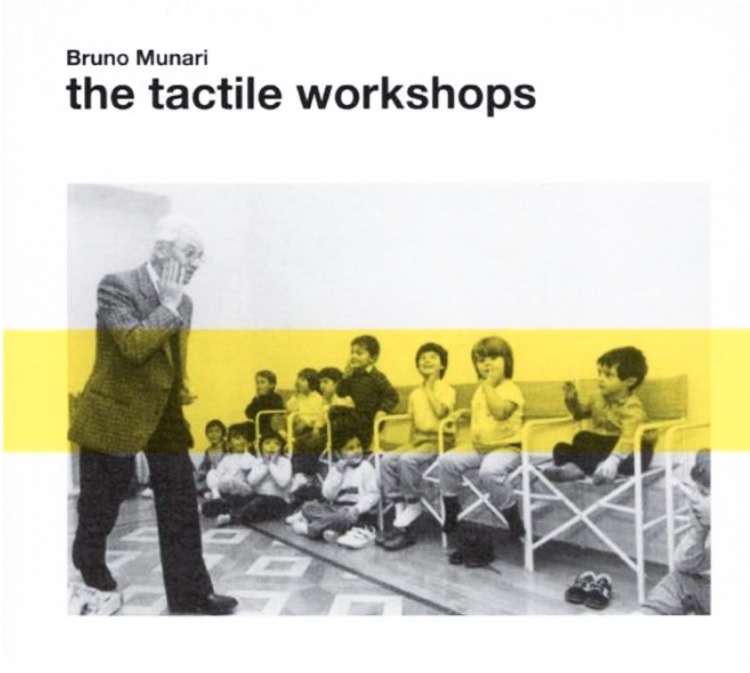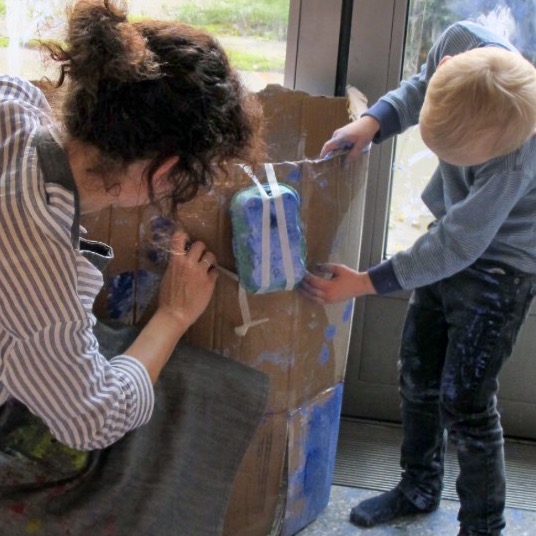Documenting children’s learning is an intricate process. In this expert interview, Mara Krechevsky, a senior researcher at Harvard’s Project Zero research centre, discusses the ins-and-outs of making learning visible. Documenting children’s learning is a complex and (sometimes) confusing process. Questions of how educators can use documenting to support learning are deeply intertwined with debates surrounding ethical and political assumptions in education. Mara Krechevsky has over 30 years’ experience in education research with a specific interest in documenting learning. In her role at Harvard, she has worked on a myriad of ‘visible learning’ projects including directing Project Zero’s Making Learning Visible, an initiative that began as a collaboration with educators from Reggio Emilia. Project Zero is a research centre at Harvard’s Graduate School of Education. Founded by philosopher Nelson Goodman in 1967, Project Zero began with a focus on understanding learning in and through the arts. Since then, the centre’s mission has…
Reggio Emilia’s art studio ‘ateliers’ for children
Earlier this month I was fortunate enough to visit the Loris Malaguzzi centre in Reggio Emilia. I was interested in learning more about the early childhood philosophy’s approach to children’s creativity, art and learning with materials. This post shares key ideas around the role of the ‘atelier’ in the Reggio Emilia approach. I also discuss my reflections on the Ray of Light atelier space at the centre. “Tools and materials make it possible for children to have experiences in which their thinking takes on different forms” (Dahlberg & Moss, 2010) The Atelier – a space for children’s creative experimentation Educators from Reggio Emilia often talk about the unpredictable nature of learning in which knowledge is formed through unexpected relationships and new connections. This understanding challenges the idea that education is a linear process of development. In Reggio Emilia preschools, the atelier is a creative studio for young children’s imagination, expression and experimentation that…
5 education apps for documenting learning in 2019
*This is an updated version of a post originally published in May 2018* If you are a teacher in the Northern Hemisphere, the new academic year is heating up. The paper work may be piling up too… A LOT! Education apps can help with that. Apps can be used to digitally document and collate children’s learning. These records can then be easily shared with other students, educators and parents – helping to grow a community that fosters learning. However, at their worst, apps can also encourage a culture of surveillance and control of children’s lives – it depends on how they are being used! In this post, I talk about why documenting and reflecting on children’s learning is important, including how apps can be used to support this process in a positive way. I review five apps: Seesaw, Class Dojo, Google Classroom, Storypark and Artsonia to discuss how these can…
3 tips for scaffolding children’s play with materials
Children’s play with materials is important as it allows them to think and learn in different ways. As a child’s creativity is always limited by what they do and do not know, scaffolding can open up new opportunities for more complex learning over time. Scaffolding is a term that was first coined by Vygotsky (1978) who described the process as something that allows children to move their current level of understandings to a more advanced one. This process helps children to undertake activities that they usually would not be able to without the help of others. Teachers and parents often do a lot of scaffolding in children’s lives. They teach children how to brush their teeth, share with others and read. Children’s peers, technology and information resource like a YouTube video can also scaffold children’s learning in different ways. Scaffolding is important in children’s play with materials as it allows…
Sharon Shaffer discusses children’s learning with museum objects
Young children have become an increasingly important audience for museums around the world. While many cultural institutions offer something for children, approaches and practices towards this audience vary dramatically across the sector. In this post, early childhood and museum education specialist Sharon Shaffer shares her top tips for connecting young children with museum objects. Sharon was Director of the Smithsonian Early Enrichment Centre (SEEC) for 24 years. The SEEC is a lab school in Washington D.C. with a museum-based curriculum. Children attending the Centre visit and learn in the various Smithsonian museums every day. The post begins with Sharon telling us a little bit about her background in museums and education. The two of us then discuss topics such as the importance of scaffolding in children’s learning, how learning can be evaluated in museums and the need for flexibility in the design of early year’s education activities. Sharon’s background in…
Bruno Munari: “inventor, artist, writer designer, architect, illustrator and player-with-children”
This post explores the work of the late Italian artist, Bruno Munari (1907-1998). Munari was a self-proclaimed ‘inventor artist writer designer architect illustrator player-with-children’ (The Independent, 1998) whose creative practice intertwined with the education philosophies of Jean Piaget and Maria Montessori.
How to introduce art techniques to children
Over the next month, I am going to have a go at writing a handful of posts on techniques for facilitating young children’s creative learning with and through art. Each post will include a description of a technique in addition to how and when it may be useful. These should not be seen as all-conclusive but more as different options to experiment with. Facilitation To facilitate means to make something easier (Collins Dictionary online, 2017). In an education setting, this does not mean to lower the standard for learning but rather support an individual’s ability to make connections and thinking critically about learning processes (Mac Naughton & Williams, 2009). Facilitation may take many forms such as questioning, suggesting, modelling and giving feedback as well as non-human interventions such as the layout of materials or the arrangement of artworks. A facilitator – whether that be a parent, a peer, a resource, an art tool or a material…
Visiting Reggio Australia’s pedagogical documentation centre
This post features a summary and reflection on the theory, principles and practices of the Reggio Emilia process of pedagogical documentation. The possibilities and challenges of what this reflective methodology holds for children’s gallery education are also discussed in relation to my doctoral research. “There is a constant relational reciprocity between those who educate and those who are educated, between those who teach and those who learn. There is participation, passion, compassion and emotion. There is aesthetics. There is change.” Carlina Rinaldi Last week I was fortunate enough to spend an afternoon visiting the Reggio Emilia Australia Information Exchange’s documentation centre at the University of Melbourne. I was interested in taking some time to think and reflect on how other early year’s educators are working with the process of pedagogical documentation within their own education settings. This is particularly pertinent to me after spending the past few months working with the early year’s…


